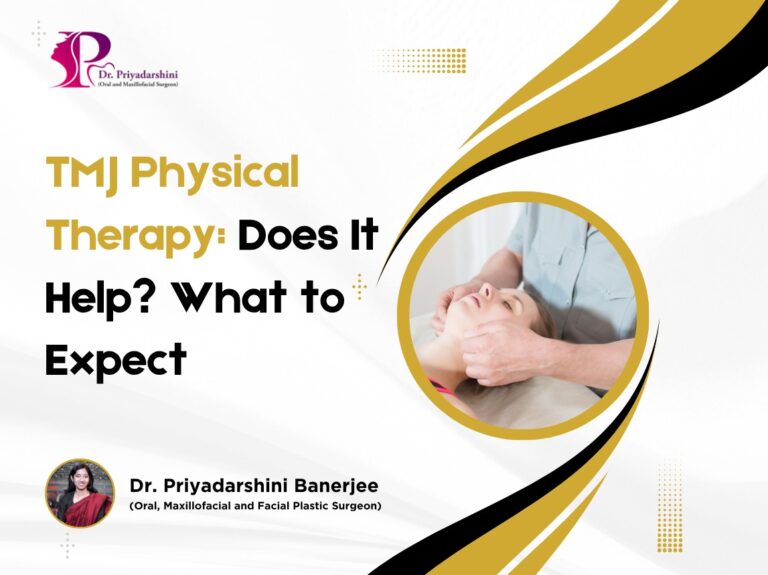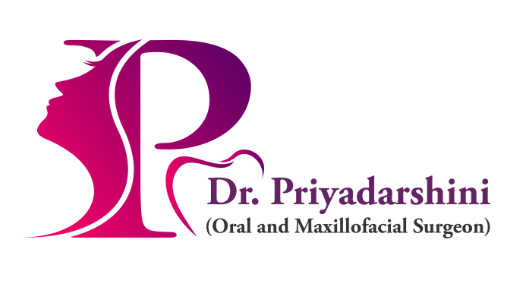Do you suffer from frequent migraines and jaw discomfort? You might be surprised to learn that your jaw joint — the temporomandibular joint (TMJ) — could be a contributing factor. TMJ disorders (TMD) and migraines often coexist, creating a cycle of pain that affects daily life. Understanding this hidden connection can help you find more effective relief.

What is the TMJ?
The temporomandibular joint is located on either side of your head, connecting your jawbone to your skull. It plays a vital role in chewing, speaking, and other jaw movements. When this joint is not functioning properly, it can lead to TMJ disorder.
How Are TMJ and Migraines Connected?
While migraines are typically considered neurological, there are strong anatomical and physiological reasons why TMJ dysfunction can trigger or worsen migraine episodes:
- Shared Nerve Pathways: Both the TMJ and the brain are connected by the trigeminal nerve, which is the main nerve involved in migraines.
- Muscle Tension: TMJ issues often lead to chronic muscle tension in the jaw, face, neck, and shoulders — all of which can contribute to headaches.
- Inflammation: Inflammation from TMD can spread, sensitizing nearby nerves and triggering migraines.
Symptoms Overlapping TMJ and Migraines
It can be difficult to tell TMJ headaches apart from migraines, as they often share symptoms:
- Pain on one or both sides of the head
- Jaw stiffness or clicking
- Pain around the temples
- Facial pain
- Neck and shoulder discomfort
- Nausea or sensitivity to light (in case of actual migraines)
Diagnosing the Dual Condition
If you’re suffering from frequent migraines and also have jaw issues, it’s important to get evaluated for TMD. A TMJ specialist like Dr. Priyadarshini Banerjee can help identify the root causes through:
- Jaw motion analysis
- Palpation of facial muscles
- Imaging studies like X-rays or MRIs
- Reviewing your migraine history
Treatment Approaches
1. Physical Therapy
Targeted exercises and manual therapy help reduce jaw tension and realign the joint, easing both TMJ pain and migraines.
2. Dental Splints or Night Guards
These devices can prevent teeth grinding (bruxism) and reduce jaw stress during sleep.
3. Medications
Anti-inflammatories, muscle relaxants, or migraine-specific drugs may be prescribed.
4. Botox Injections
Botox can be used to relax jaw and facial muscles, reducing both TMD symptoms and migraines.
5. Stress Management
Cognitive behavioral therapy (CBT), relaxation techniques, and adequate sleep can help manage both conditions.
When to See a Specialist
If you notice:
- Recurring migraines with jaw pain
- Clicking or popping sounds in the jaw
- Waking up with headaches or sore jaw muscles
It’s time to see a TMJ expert like Dr. Priyadarshini Banerjee, who can create a holistic treatment plan tailored to your needs.
Conclusion
The connection between TMJ and migraines is real — and manageable. By addressing TMJ dysfunction, many patients find significant relief from chronic migraines. If you’re in India and searching for trusted care, visit drpriyadarshinibanerjee.com to book your consultation.



